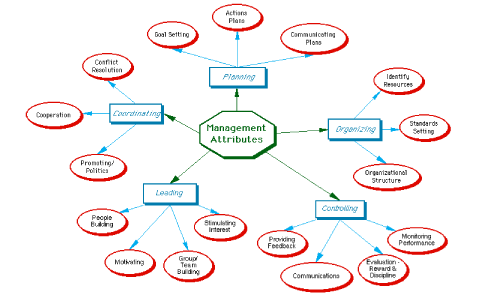IT development and services is a technical area that is well-suited to remotely located teams. These project teams are called Virtual Teams and made of of team members who are located in dispersed in different physical locations. Team members may be working from home, in other cities in the U.S., or even internationally. The freedom of working remotely has benefits for both employees and organizations including:
- High desirability for many employees— keeping them with the project and happy with the organization
- Lower business cost since office space and overhead are covered by employee rather than employer
- Access to a greater pool of talent – across wider area of the world
- Employees have flexible hours to get their tasks completed—they like that
- Employee time is not wasted commuting through traffic—more time for work
- Helps the environment by keeping cars off the road
However, being the project manager of a team that includes remote members has additional challenges that must be met and managed to keep the project on track. In my experience these challenges can be dealt with successfully given understanding, planning, and well-defined project specifications. A few years ago I had the pleasure of doing research on managing virtual teams. The first step was determining what a “manager” was supposed to do. The diagram below is a representation of the areas and skills that must be addressed by any good manager.

Skills needed to manage project teams including remote teams
Keys to managing remote project teams
The number one key is communication. And you need to know upfront that communicating with a virtual team will take more of your time as project manager than working with a local team. If it is at all logistically possible, you should try to have your first team meeting face-to-face. In teleconferences, even video conferences, the socialization and trust building that happens face-to-face is missing.
Communication support can be broadened to include shared project documents and workspace like Microsoft SharePoint (see link below on Microsoft’s SharePoint and collaborative tools) or Azure Cloud Computing. Although you can expect a significant increase in your email, instant messaging and texting traffic, I have found that talking to individuals is still more effective than texting or voice mail, and should be preferred whenever possible. Because the informal water-cooler communication that provides valuable but unplanned sharing is absent on virtual teams, finding an on-line alternate like social networking is useful (Like blogs, Wikis, LinkedIn, facebook, twitter, SharePoint personal sites, etc)
REMINDER: Don’t forget the impact of time-zone differences.
As project manager you must assure a coherent representation to the entire team of the mission, customer needs, tasking and schedule. You accomplish this through written and verbal communication at the kick-off meeting and every day after that. Communication at weekly staff meetings should include an agenda that is distributed before the meeting, facilitated interchange during the meeting, and summary/action items distributed to the entire team quickly afterwards.
Planning in the context of a virtual team requires more thought on task assignments. To the extent possible, tasks should be independent with clear goals for input, process, and output. Encourage team members to communicate frequently with others whose work integrates with theirs. Serve as a role model for this in addition to active reminders and feedback.
In the beginning of the project become knowledgeable of the technology aids that can help keep the team communicating and cohesive. Beyond standard text, voice, and video communication, you can use wikis, knowledge management software, Webcasts, meeting managers, shared white boards, and documents. The advent of cloud computing can also add real-time communication support.
In addition to the called out items for Leading, Organizing, Controlling, and Coordinating in the above graphic, you will find many bits of wisdom and tips for success in the useful links below.
Useful Links:
- The Remote Project Manager published by Brad Egeland: http://pmtips.net/remote-project-manager/
- Managing Virtual Teams by Karen McHenry: http://management.atwork-network.com/2008/07/21/managing-virtual-teams/
- The 5 Essential Leadership Skills of Virtual Project Management by Ron Ponce: http://www.projectmanagerplanet.com/leadership/article.php/3829261
- Brad England’s post on the biggest challenge -http://www.projectinsight.net/blogs/online-project-management/the-biggest-challenge-with-managing-a-virtual-team
- Starwright: list of links and articles on virtual teams and virtual team management: http://www.startwright.com/virtual.htm
- Overview of Microsoft’s Azure platform entry into cloud computing: http://www.microsoft.com/azure/whatisazure.mspx
- Overview of Microsoft’s SharePoint collaborative tools: http://sharepoint.microsoft.com/Pages/Default.aspx
- Successful Management in the Virtual Office by McGraw and Kelly: http://www.silverbeargroup.com/virtual-office.html
- Gil Gordon’s site with lots of links and useful info: http://www.gilgordon.com/resources/consultants.htm
- Government site for virtual workers: http://www.teleworkexchange.com/
* Note – Updated these links for some new places.



